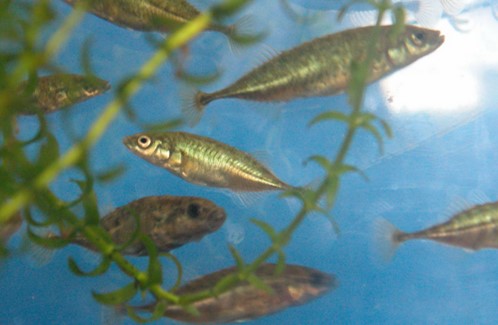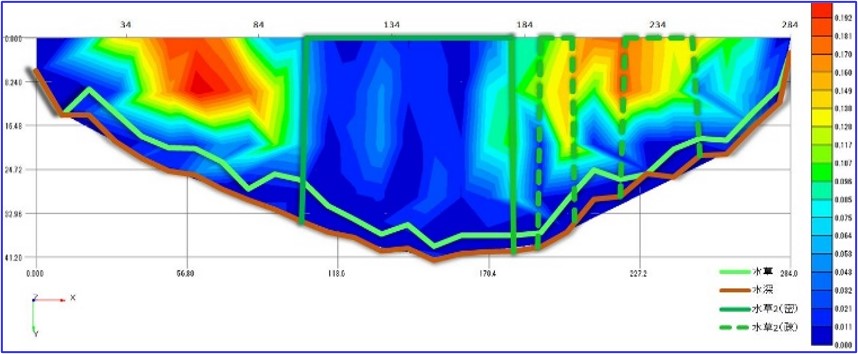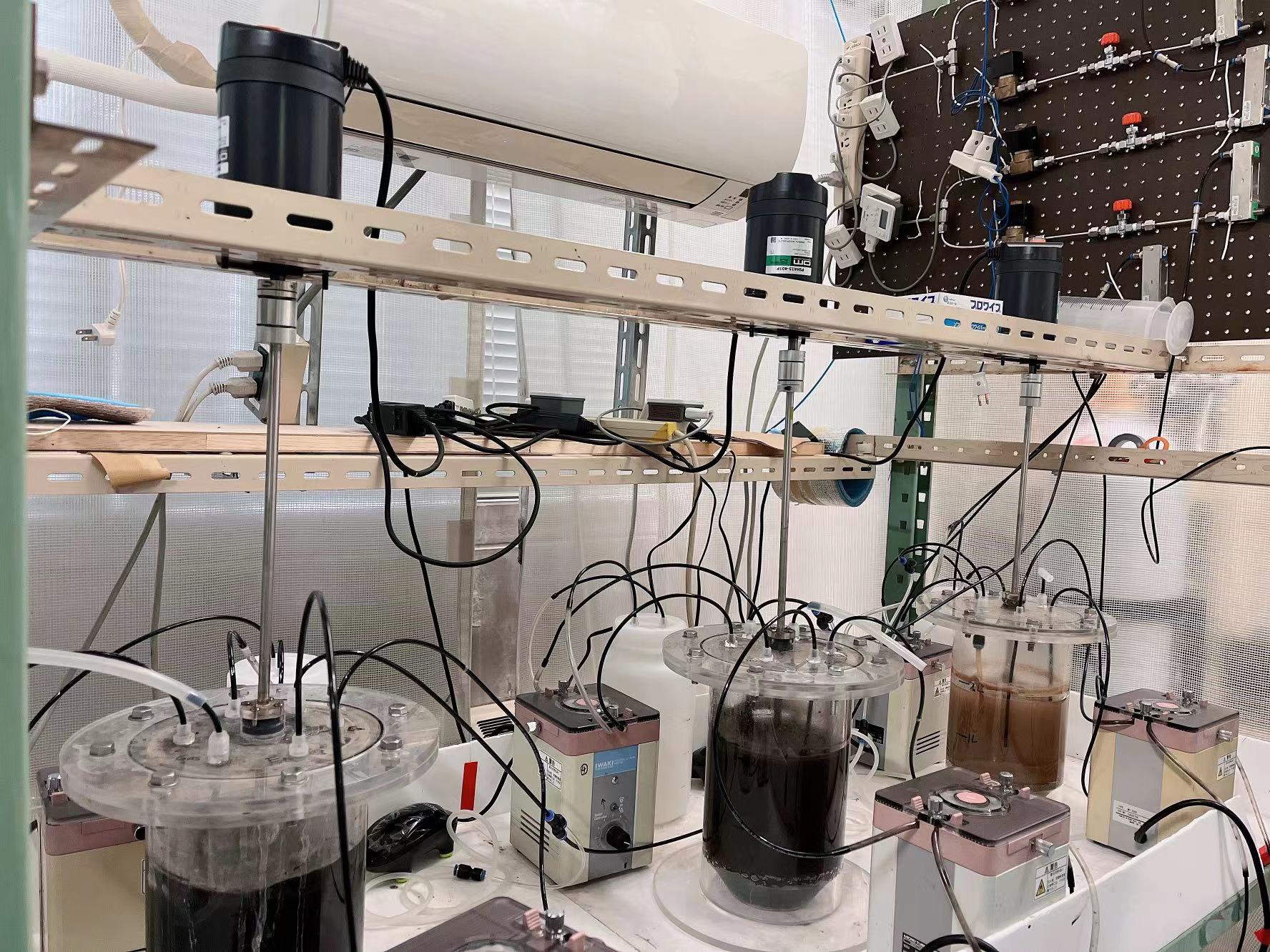地表水・用排水
Surface Water / Drainage
研究概要
河川や湖沼などの地表水(Surface Water)は都市用水、農業用水や工業用水などの主要な水源であると同時に、多くの生物を育む場を提供しています.しかしながら、人間活動による水消費速度は地球全体の水循環速度に比べて無視できないレベルに達しており、その結果、水質汚染や種の絶滅が進んでいます.当研究室では河川や湖沼などの地表水の水質保全や水循環利用および水環境中の生物多様性の向上を目的として、また基礎研究を発展させるために、排水の高度処理法・再生利用技術の開発、水質変動モデルの構築、LCRA (Life Cycle Risk Assessment)の主要ストレス因子とそのパラメータ解析を行っています.
Research Summary
Surface water, such as rivers and lakes, is a major source of water for cities, agriculture and industry, as well as providing habitats for many life forms. However, human water consumption has reached a level that cannot be ignored compared to the hydrological cycle of the earth, and as a result, water pollution and species extinction are progressing. In our laboratory, for the purposes of water quality conservation of surface water, water recycling and improvement of biodiversity in the water environment, and in order to develop the fundamental research; we are developing advanced wastewater treatment and reclamation technology, constructing mathmatical model representing dynamic changes in water qualities of surface water, and analyzing crucial stressess facters and parameters in the Life Cycle Risk Assessment (LCRA).
研究トピックス
1.都市下水の高度処理と循環利用
2.都市河川の高度水質シミュレーションモデルの開発
3.都市河川水中のエストロゲン類濃度に関する調査
4.LCRAによる在来魚類種の保護、他
Research Topics
1.Advanced treatment and reclamation of municipal sewage
2.Development of advanced water quality simulation model for urban rivers
3.Survey on estrogen concentration in urban river water
4.Protection of native fish species by LCRA, etc.
研究のポイント
Research Points
水源の水質保全や生物種の保護は私たちの生活や産業活動を維持していくうえで重要ですが、地表水の水質や生物生息環境は時間と共に変化します.当研究室では水質変化を精度よく予測するために、IWA 河川水質モデル(RWQM)をベースとした数学モデルの開発を目指しています.一方、生物生息環境について考えると、水質は主要因子の一つですが、それ以外にも水温、流速、餌、瀬・淵、堰(人工物)など、多くの因子の影響を考慮する必要があります.Fig. 1は絶滅危惧種のムサシトミヨです.生息流域内の調査(Fig. 2)から、9つのストレス因子を考えると、ムサシトミヨが生息できる場所とできない場所を推定できるようになりました.Fig. 3はBio-Fenton法を組み込んだ新しい促進活性汚泥法の実験装置です.マグネタイトを添加して嫌気・好気状態を交互に繰り返すと合成下水中の有機性汚濁物質(COD)、窒素化合物やリン化合物に加えて、地球規模で問題となっている抗生物質を効率良く除去できることがわかりました.

Fig. 1 絶滅危惧種のムサシトミヨ.

Fig. 2 LCRAと生息環境の解析.

Fig. 3 Bio-Fenton促進活性汚泥装置.
Conservation of water sources and the protection of aquatic life forms are important for maintaining our lives and industrial activities, but the quality of surface water and the habitat conditions change with time. Our laboratory aims to develop a mathematical model based on the IWA River Water Quality Model (RWQM) in order to accurately predict the change in water quality. On the other hand, when considering the biological habitat, water quality is one of the main factors, but it also needs to consider many other factors such as water temperature, flow velocity, feed, deep/shallow, and weir (artificial object). Fig. 1 shows the endangered Musashi Tomiyo. From the survey in the habitat (Fig. 2), it became possible to estimate the places where Musashi Tomiyo can and cannot live, based on nine crucial stress-factors. Fig. 3 is an experimental appratus for a new advanced activated sludge process incorporating the Bio-Fenton reactions. By adding magnetite as an iron catalyst and repeating anaerobic and aerobic conditions alternately, antibiotics that are a problem on a global scale can be efficiently decomposed, in addition to the removals of organic pollutants (COD), nitrogen compounds and phosphorus compounds in synthetic sewage.

Fig. 1 Endangered Musashi Tomiyo.

Fig. 2 LCRA and habitat analysis.

Fig. 3 Advanced activated aludge process.